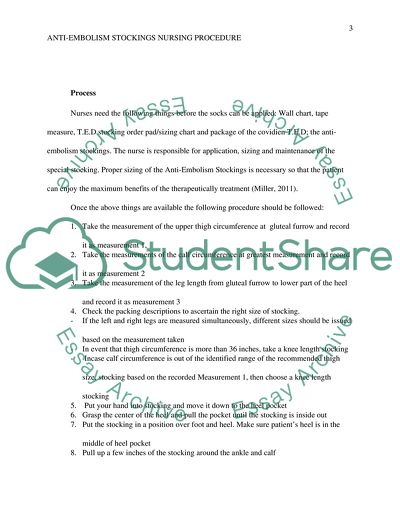Cite this document
(“Evidence Based Practice & Nursing Research Essay”, n.d.)
Retrieved from https://studentshare.org/nursing/1654184-evidence-based-practice-nursing-research
Retrieved from https://studentshare.org/nursing/1654184-evidence-based-practice-nursing-research
(Evidence Based Practice & Nursing Research Essay)
https://studentshare.org/nursing/1654184-evidence-based-practice-nursing-research.
https://studentshare.org/nursing/1654184-evidence-based-practice-nursing-research.
“Evidence Based Practice & Nursing Research Essay”, n.d. https://studentshare.org/nursing/1654184-evidence-based-practice-nursing-research.


